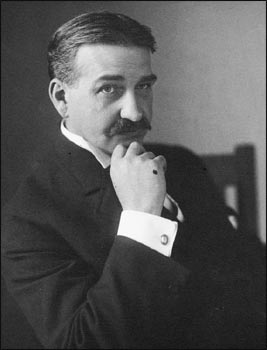There’s a special pleasure for a reader who falls in love with characters from a novel and a decade later unexpectedly meets some of those characters again in a new book. It’s like knowing someone for a brief intense period of time and then running into them in the supermarket one day or receiving a surprise friend request from them on Facebook. Oh hello! It’s you. Authors such as Marilynne Robinson, Rachel Joyce and Kate Atkinson have carried characters throughout different novels showing them from other perspectives or periods in their lives. But they are part of distinct series designed and marketed as such. It’s different when you’re reading a new book and suddenly realize why these characters feel familiar.
Ten years ago I read Patrick Ryan’s extraordinary debut novel “Send Me” which focuses on different members of the Kerrigan family and their individual stories over a number of years. It builds a rounded understanding of how families divide, re-bond, change and grow over time. In his new book of short stories “The Dream Life of Astronauts” two stories include Frankie, a vibrantly original personality and one of the sons from the Kerrigan family. Other members of the family appear as well, but in more periphery roles. The title story shows Frankie in his teenage years when he becomes fixated on a former astronaut (who never actually made it into space) named Clark. A crucial misunderstanding occurs when Frankie is drawn into Clark’s life in a way which is both comical and moving.
What’s so compelling about Frankie is that he has a tremendous amount of conviction about who he is and what he wants despite being an oddball. He doesn’t allow himself to be swayed or feel judged by society’s rules because his eyes are focused on the stars. This becomes even more apparent when he appears in the story ‘Earth, Mostly’ at a later point in his life when he’s living back at home with his mother. We see him from the perspective of a feisty young girl who appreciates his radical other-worldly outlook. Because I was already familiar with Frankie, it was fascinating and exciting to get these different slants on his life. However, already knowing Frankie and his mother Mrs Kerrigan is simply an added bonus. It’s certainly not essential to have read Ryan’s first novel to get a lot out of this richly rewarding and highly enjoyable book of short stories.
Ryan has a perceptive way of writing about the nuances of sexuality and sexual impulses which can often lead to confusion as much as revelation. In these two stories and many of the others we follow the characters in their ill-advised flirtations, motel rendezvous, infidelities and the painful aftermath of breakups. These often misguided adventures are riveting to read about as well providing a sympathetic look at how romance is just as confusing for a pregnant teenager who dreams of becoming model/pageant girl as it is for a cuckolded husband or a frisky grandmother. They also show how sexual adventures can be a way of testing the boundaries of identity, but as one character states: “The problem with becoming someone else is that you’re still stuck with you.” Oftentimes the stories defy the reader’s expectations where a rascal turns out to be a surprising gentleman, a vulnerable teenager proves how he’s fully confident about his homosexuality or a depressed mother becomes a strong source of support. It’s particularly impactful how Ryan portrays the painful influence jealousy between spouses and acrimonious divorces can have on children over time.
The Space Shuttle Challenger explosion.
These stories are set in Florida and often have links to Cape Canaveral/the Kennedy Space Center. These connections can be loose as in the story ‘Summer of ‘69’ set on an orange grove/farm where a tough, diligent girl finds a hardened sense of independence while a rocket is launched into space in the background. Whereas ‘Go Fever’ portrays characters directly involved in working on launching the Space Shuttle Challenger before its explosion in 1986 but focuses on a man’s conviction that his wife is trying to poison him. The concept in the title of this story works as a powerful metaphor for how even if we’re not prepared for certain things in life we often optimistically go forward with them despite the strong possibility of failure. The atmosphere of these settings give a sense that while our civilization has grand aspirations for progress, ordinary people are still working out the complexities of amicably getting along together. Like many people of my generation, the Challenger explosion is a particularly poignant moment in the history of the US. The perspectives these stories give on the alternate successes and failures of the space program build to make a larger statement about our transforming American ideals.
It’s wonderful to discover in Patrick Ryan’s latest book that he still has a keen sense for the oftentimes absurd/comic situations people stumble into in life while earnestly pursuing their goals. The writing is laden with powerful detail such as when a girl enters a sleazy agent’s home and notices “The shag carpet is the color of avocado meat.” This makes a strong visual image in the reader's mind as well as painting a fittingly sinister atmosphere. His characters are imbued with a wonderful sense of humanity while also being fantastically entertaining to read about. They are the type who will still linger somewhere in the back of your imagination long after reading about them. Clearly they still occupy this writer’s mind as he continues to compellingly expand and fill out the fictional worlds they inhabit.


































